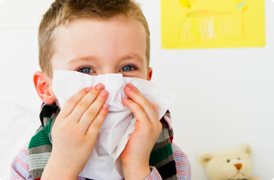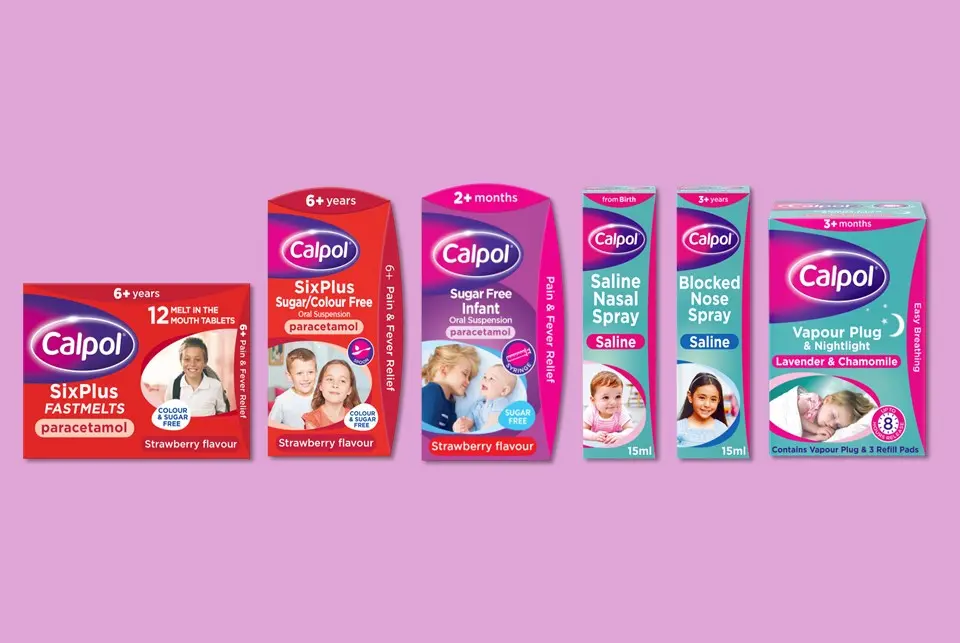
Answered on 11th January 2016
The main treatments for most forms of eczema are emollients (moisturisers) and creams and ointments, known as topical corticosteroids, that reduce the swelling and redness that occurs during flare-ups. If your little one has very severe and painful itching, antihistamine tablets or bandages are also sometimes used to help manage symptoms. The best treatment option for your little one will depend on the type and severity of their eczema symptoms and their age. Children who require strong steroid cream use on large areas of skin will often be closely monitored by health professionals. This is because frequent courses of strong topical steroids in larger quantities can sometimes affect growth and development.
It isn’t yet known how eczema can be prevented. However, at home there are a number of practical steps that parents can take to help reduce itching and prevent flare-ups from happening in their little ones:
Use a cream such as an aqueous cream instead of soap to keep the skin supple and elastic
Use cotton clothing, bed linens and feather free duvets and pillows where possible (eczema can be triggered or made worse by woollen or synthetic fabrics)
Avoid fabric conditioners and only use non-biological detergents
Keeping your child away from furry animals
Vacuum and damp dust surfaces regularly to reduce exposure to house dust mites that can make eczema symptoms worse
Keep your house well ventilated
Avoid smoking inside the home
Keep your child’s nails short to reduce scratching
(showing 6 of 6)

What is eczema in children?
Answered on 11th January 2016

What causes children to have eczema?
Answered on 11th January 2016

What are the main symptoms of eczema in children?
Answered on 11th January 2016

How is eczema diagnosed in children?
Answered on 11th January 2016

What are the different types of eczema that may affect my child?
Answered on 11th January 2016

Will my child grow out of their eczema?
Answered on 11th January 2016
Related heath advice articles

Fever (high temperature)
What’s normal for your little one? And how can you soothe a high temperature?

Post-immunisation fever
A mild fever after an immunisation is common. So how can you make your baby feel better?

Aches & pains
With all that growing up to do, your baby is bound to feel a few aches and pains along the way.

